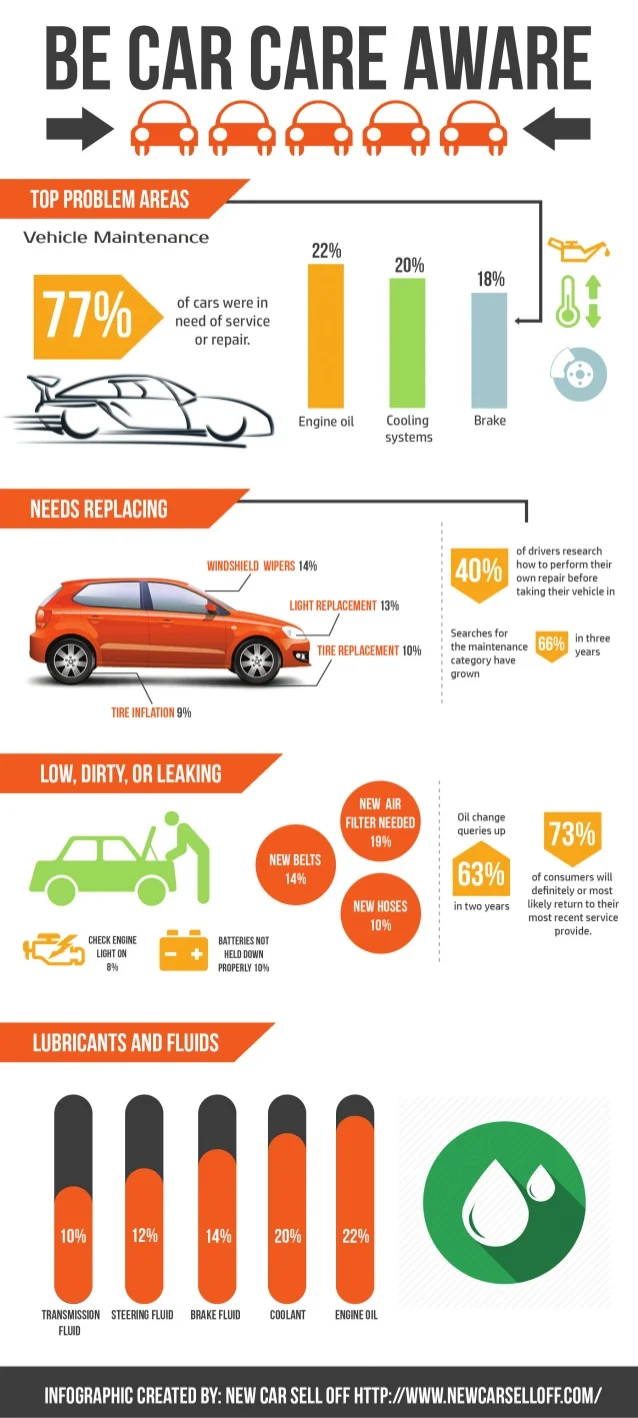Eager To Recognize What The Control Panel Warning Lights In Your Car Indicate? Discover Their Definitions For The Wellness And Safety Of Your Lorry
Eager To Recognize What The Control Panel Warning Lights In Your Car Indicate? Discover Their Definitions For The Wellness And Safety Of Your Lorry
Blog Article
Article By-Sykes Corbett
When you're behind the wheel, those beautiful caution lights on your control panel can be a bit complicated. Do you know what they're attempting to inform you regarding your auto's health? Recognizing the significance of these lights is vital for your safety and the durability of your car. So, the next time one of those lights turns up, would not you want to decipher its message precisely and take the needed steps to address it?
Common Warning Lights and Interpretations
Identify typical warning lights in your car and recognize their significances to ensure safe driving.
One of the most typical warning lights consist of the check engine light, which indicates problems with the engine or exhausts system. If this light comes on, it's critical to have your lorry inspected promptly.
The oil pressure alerting light suggests low oil stress, calling for instant attention to avoid engine damage.
https://oilchangecost17384.aboutyoublog.com/33362407/enhance-your-abilities-in-picking-the-excellent-auto-repair-shop-by-complying-with-these-10-crucial-tips flashing battery light might suggest a defective billing system, potentially leaving you stranded otherwise resolved.
The tire pressure surveillance system (TPMS) light informs you to low tire pressure, affecting car stability and gas performance. Neglecting this can cause dangerous driving conditions.
The abdominal muscle light indicates a problem with the anti-lock stopping system, compromising your ability to quit quickly in emergency situations.
Finally, the coolant temperature advising light warns of engine overheating, which can lead to severe damage otherwise settled promptly.
Understanding these common caution lights will certainly help you attend to issues quickly and maintain safe driving problems.
Relevance of Prompt Interest
Understanding the typical caution lights in your vehicle is just the primary step; the significance of immediately resolving these warnings can't be highlighted sufficient to ensure your security when driving.
When a warning light illuminates on your control panel, it's your car's method of connecting a possible issue that needs attention. Neglecting these cautions can bring about extra extreme issues in the future, compromising your security and possibly costing you a lot more out of commission.
Prompt interest to cautioning lights can avoid failures and accidents. As an example, a flashing check engine light could suggest a misfire that, if left neglected, might trigger damages to the catalytic converter. Addressing this promptly can conserve you from a costly repair service.
Likewise, a brake system alerting light could indicate low brake fluid or used brake pads, vital components for your security when driving.
DIY Troubleshooting Tips
If you notice a warning light on your dashboard, there are a couple of DIY fixing suggestions you can try prior to looking for specialist aid.
The first step is to consult your auto's manual to comprehend what the certain warning light indicates. Sometimes the problem can be as straightforward as a loose gas cap causing the check engine light. Tightening up the gas cap may solve the trouble.
One more typical problem is a reduced battery, which can set off numerous warning lights. Examining the battery links for deterioration and ensuring they're secure may take care of the issue.
If a caution light lingers, you can try resetting it by separating the car's battery for a couple of minutes and then reconnecting it. Furthermore, inspecting your car's fluid levels, such as oil, coolant, and brake liquid, can help troubleshoot cautioning lights connected to these systems.
Final thought
In conclusion, understanding your vehicle's warning lights is essential for maintaining your automobile running smoothly and securely. By without delay dealing with these alerts and understanding what they imply, you can stay clear of expensive repair work and potential malfunctions.
Keep in click the up coming post to consult your car's guidebook for specific information on each warning light and take action as necessary to ensure a trouble-free driving experience.
Stay informed, stay secure when driving!
